The deaths that Napoleon Bonaparte escaped
Napoleon Bonaparte could have not appeared in the history books, or modestly, or as a statesman who died at the height of his glory. If this was not the case, it is because he was a few centimeters, or a few minutes, away from meeting a premature death, by accident, by attack, by act of war, by drowning or other...
These are the events, these particular moments that could have been part of the history of France and Europe, that we shall evoke here, in chronological order; in any case the most significant ones, because we could easily multiply their number by three (Napoleon himself estimated that eighteen or nineteen horses had been killed under him).
 Summer of 1788 - Near Auxonne
Summer of 1788 - Near Auxonne
The young lieutenant Napoleon Bonaparte, wanting one summer day to enjoy the joys of swimming in the waters of the Saône River, was seized by a cramp (or a malaise) which made him sink. Fortunately for him (and for lovers of Napoleonic history), his chest touched a sandbank, which allowed him to return to the surface, then to the bank. Drowning was narrowly avoided.
The year of occurrence is not attested in an indisputable manner. In the Saint Helena Memorial, the Emperor himself spoke of 1786, but he was not yet in Auxonne that year.
Another episode, this time in winter, could have cost the young student artilleryman his life: declining the invitation by two comrades to skate on the frozen moats of Auxonne, the ice gave way, causing the death of his two fellow students.
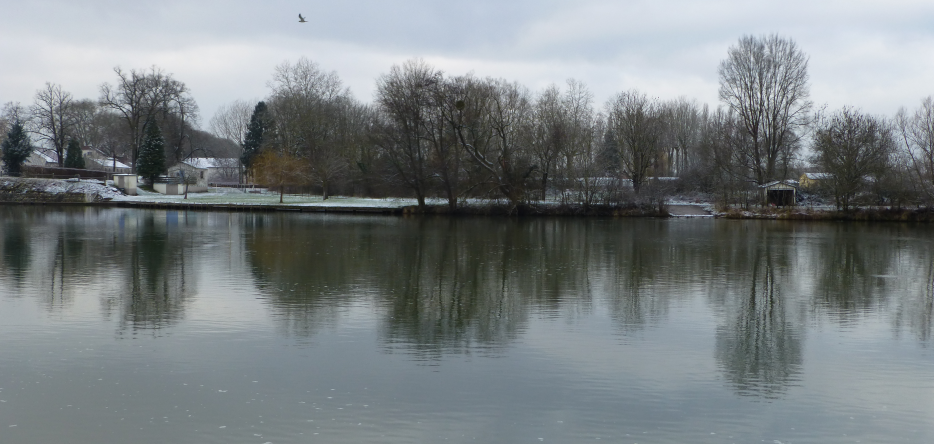
 April 27, 1793 - Road to the Sanguinaires Islands west of Ajaccio
April 27, 1793 - Road to the Sanguinaires Islands west of Ajaccio
Captain Napoleon Bonaparte, who had been exercising his second command in Corsica since October 1792, had been stationed in Ajaccio since April 18, 1793. On the 27th, he went to inspect the Parata Tower, facing the Sanguinaires Islands , to the west of his hometown. On the road, he foiled an assassination attempt: secretly warned at the last minute, he retraced his steps.
The animosity of the Paolists (partisans of Pasquale Paoli) would become more and more threatening towards Napoleon and his family, who would have to take refuge in Calvi in May then go into exile on the continent the following month.
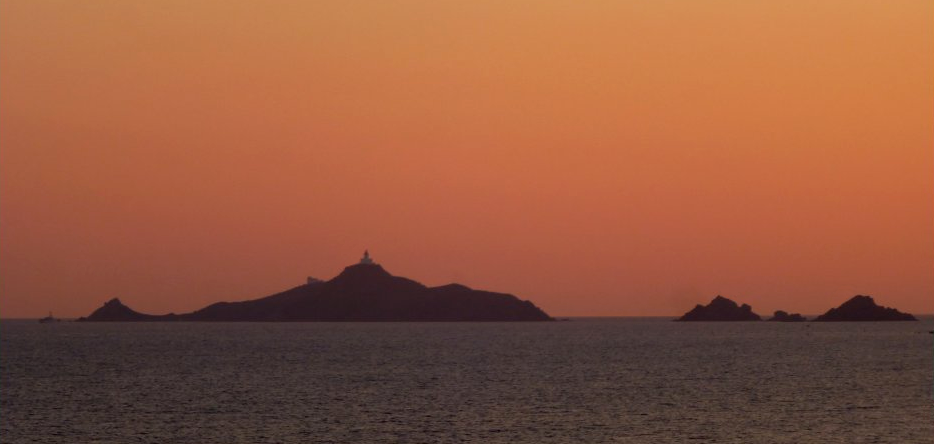
 December 17, 1793 - La Seyne-sur-Mer
December 17, 1793 - La Seyne-sur-Mer
On December 16th around midnight, the assault was given by the French troops to "Little Gibraltar", the name given by the English to the hill of Cairo, which they had fortified and considered impregnable. The fighting lasted all night and Battalion Commander Napoleon Bonaparte himself was severely wounded by a bayonet (or esponton) blow to the left thigh. A few centimeters away, one can imagine that the femoral artery would have been severed and there, in the middle of the fighting and in the dead of night, the young officer would have bled to death...
At dawn, the fort was taken by the French and artillery was placed there, directed against the forts of Eguillette and Balaguier , still in enemy hands.

 November 15, 1796 - Arcole
November 15, 1796 - Arcole
On the first day of the Battle of the Arcole Bridge, General Napoleon Bonaparte nearly drowned after falling into the Alpone River, which was then in flood, during one of the many assaults on the bridge. At that time, the Alpone River was not canalized as it is today, and the banks downstream were particularly marshy.
Bonaparte owed his salvation only to a soldier (possibly the Bigourdan sapper Dominique Gaye-Mariole, or Antoine Pailhès from Béziers), who saved him from this bad situation.
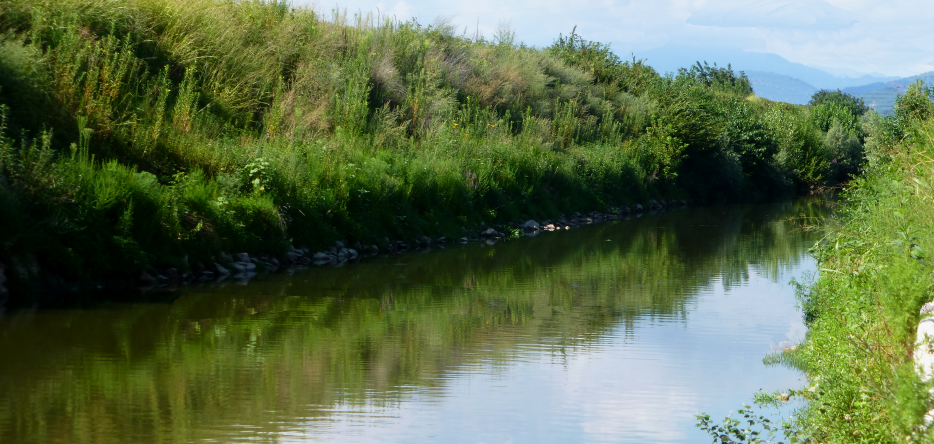
 May 8, 1798 - Roquevaire
May 8, 1798 - Roquevaire
That day, General Napoleon Bonaparte was traveling from Aix [Aix-en-Provence] to Toulon, accompanied by his wife Joséphine. Due to a broken wheel on his stagecoach near Pont-de-Joux, he was forced to stop in the evening at Roquevaire.
To do this, he had to cross the Merluçon bridge, a tuff stone structure dating from 1545 and rebuilt in 1702, spanning the Huveaune (a coastal river flowing into the Mediterranean Sea at Marseille). But the bridge had just collapsed. Bonaparte and his wife nearly fell several meters into the void due to the darkness. Finally, they would spend the night of May 8, 1798 peacefully in a building near the bridge before reaching Toulon the next day.
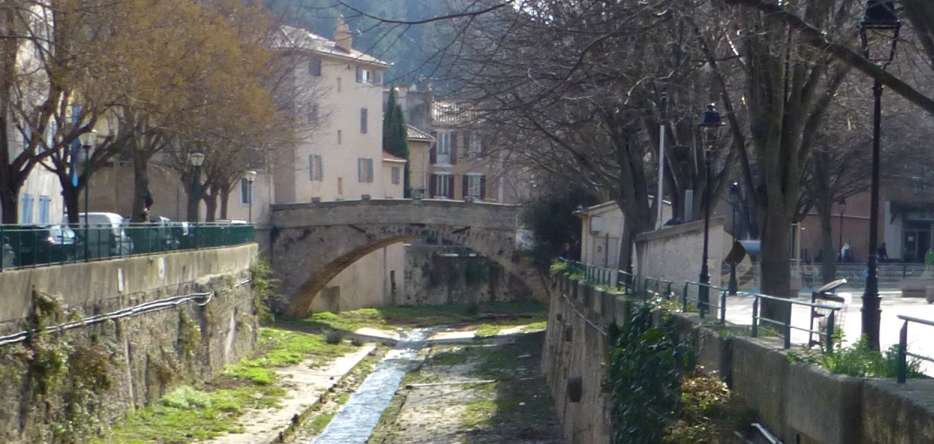
 May 20, 1800 - Near Proz
May 20, 1800 - Near Proz
Shortly before the village of Proz [nowadays submerged by the Toules dam], while crossing the narrow Sarreire pass, the mule ridden by the First Consul stumbled and narrowly missed falling into the ravine on his right, but his Valais guide Pierre Nicolas Dorsaz intervened promptly by holding his client by the coat and the mule by the bit.
Then the slopes leading to the Great Saint-Bernard Pass were climbed more peacefully, and the second Italian Campaign would take the turn we know.
Considering that Dorsaz had saved his life, Napoleon would send him 1200 francs (instead of the 3 francs planned), to allow him to buy a house.

 December 24, 1800 - Rue Saint-Nicaise, Paris
December 24, 1800 - Rue Saint-Nicaise, Paris
Around 8 p.m., an infernal machine, composed of a barrel filled with gunpowder, flammable materials and bullets, was launched against the First Consul Napoleon Bonaparte on his way to the Opera. He escaped, because the bomb exploded a few seconds after he passed. However, 22 people were killed and a hundred injured, and no fewer than 46 houses on the Rue Saint-Honoré side were destroyed or made uninhabitable.
The organizers, royalists, managed to escape the search. Not their executioners, François-Joseph Carbon and Pierre Saint-Réjeant, who were arrested, tried and finally executed on April 20, 1801 in Place de Grève.
Rue Saint-Nicaise was destroyed in 1853 during the extension of Rue de Rivoli and the development of the Cour Napoléon in the Louvre.
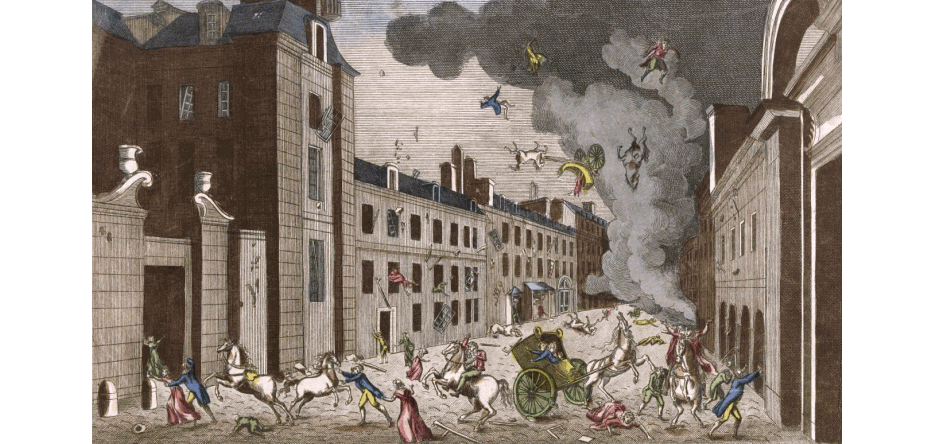
 April 22, 1809 - Eckmühl
April 22, 1809 - Eckmühl
During the Battle of Eckmühl, French General Jean-Baptiste Cervoni , Chief of Staff of Marshal Lannes, was decapitated by a cannonball while he was standing next to Napoleon. By a meter or two, it was the Emperor's head that was being carried off...
At this precise location was erected in 1909 a mound surmounted by a monument commemorating the battle.
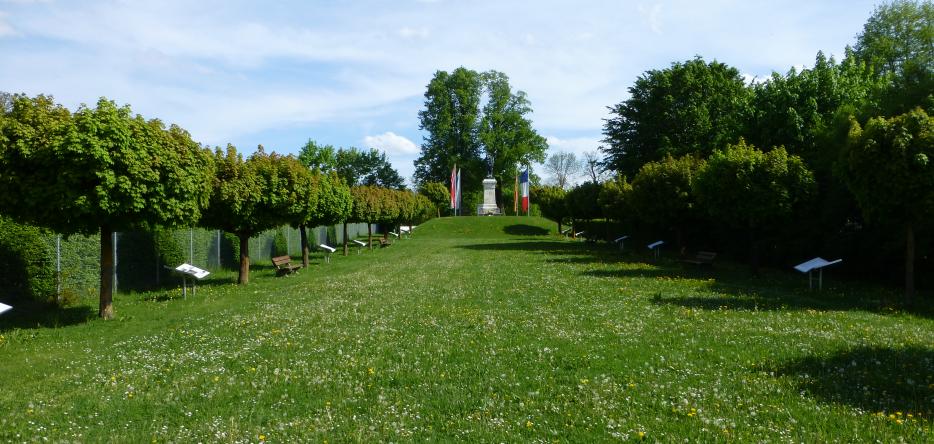
 April 23, 1809 - In front of Regensburg
April 23, 1809 - In front of Regensburg
The day after the Battle of Eckmühl, during the fighting in front of Regensburg, Napoleon was wounded by a Tyrolean rifle bullet, which hit his right heel (or ankle). Fortunately for him, the shot was fired from quite far away, and the projectile created more of a large contusion than a wound.
After being treated by the surgeon Alexandre-Urbain Yvan [this moment would be illustrated the following year by Pierre-Claude Gautherot ], Napoleon quickly got back in the saddle to continue fighting.
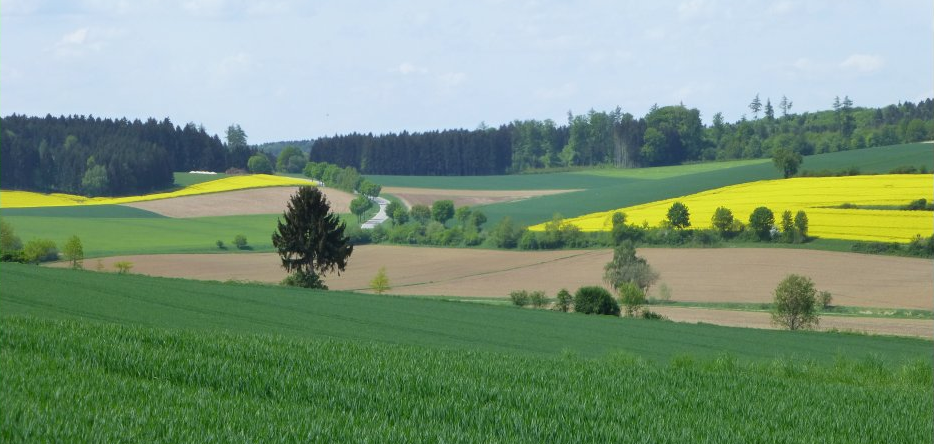
 October 12, 1809 - Schönbrunn Palace
October 12, 1809 - Schönbrunn Palace
While Napoleon was watching a parade in the courtyard of Schönbrunn Palace, surrounded by Louis-Alexandre Berthier and Jean Rapp, a seventeen-year-old young man named Friedrich Staps (or Stapß) approached and asked to speak to the Emperor. General Rapp, who spoke German, exchanged a few words with him, but sensed danger and had him arrested. A kitchen knife was found on him.
During his interrogation, Staps declared that he had wanted to kill Napoleon out of patriotism. The Emperor himself questioned him, but Staps refused any measure of clemency, stating that he would repeat his plan if the opportunity arose. He was finally tried and shot on October 27.
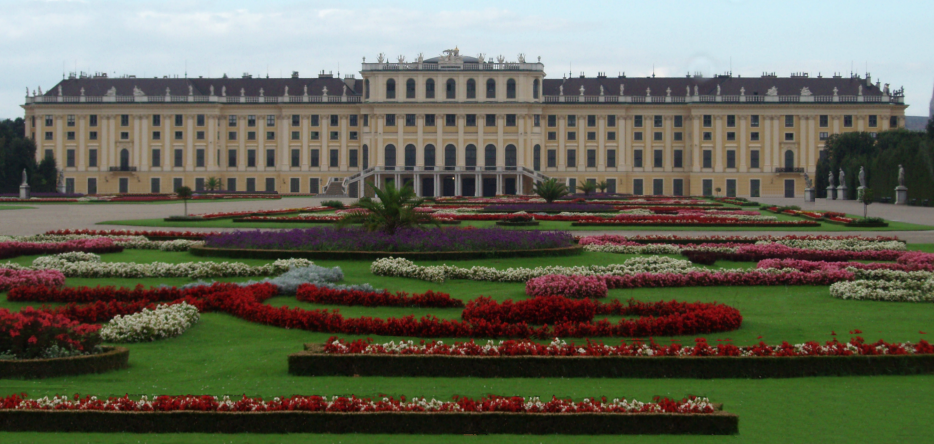
 May 22, 1813 - Markersdorf
May 22, 1813 - Markersdorf
The day after the Battle of Bautzen, while the French pursuing the enemy halted near the Hanspach farm, a cannonball fired by the Russians from a hill 2.4 kilometers away instantly killed General of the Staff François-Joseph Kirgener du Planta and mortally wounded the Marshal of the Palace Géraud Michel Duroc, just a few meters from Marshal Édouard Mortier and Napoleon.
The Emperor was very affected by the death of Duroc, whom he considered a friend.
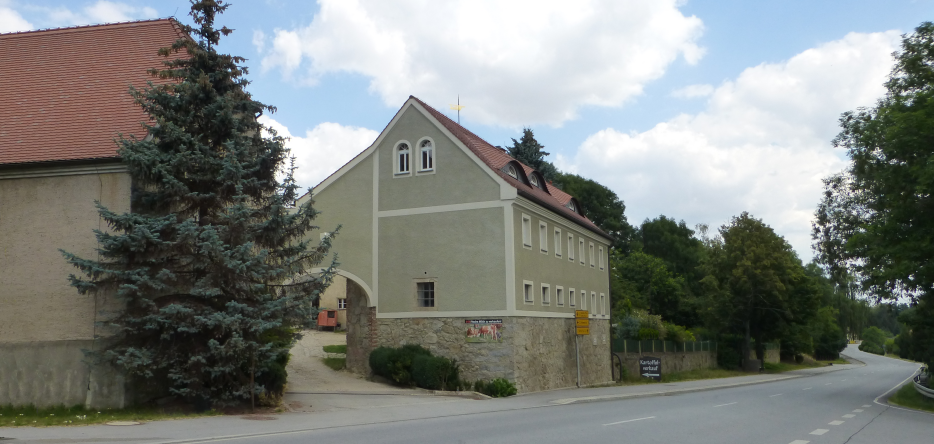
 January 29, 1814 - Between Brienne and Juzanvigny
January 29, 1814 - Between Brienne and Juzanvigny
Towards the end of the battle, northeast of Brienne on the road to Juzanvigny, Gaspard Gourgaud, Napoleon's aide-de-camp, saved his life by shooting dead a Cossack who was about to pierce the Emperor with his lance.
Napoleon, at Saint Helena, pretended in front of Gourgaud not to remember it, causing the latter to almost choke...
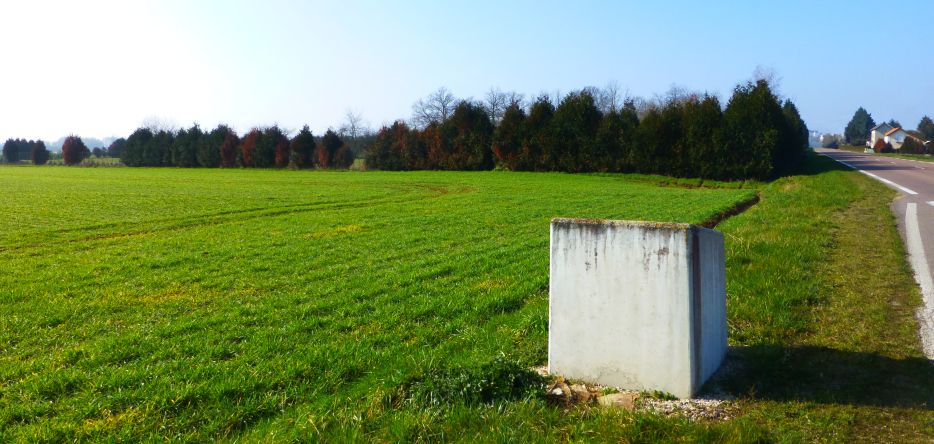
 April 13, 1814 - Palace of Fontainebleau
April 13, 1814 - Palace of Fontainebleau
At the end of the Campaign in Northeast France, masterfully led by the Emperor but lost due to the overwhelming numerical superiority of the Allies, everything was against him. On April 2, 1814, the Senate voted for his deposition. On the 4th, secluded in his apartment in Fontainebleau, he was forced to abdicate in favor of his son, then, on the 6th, he abdicated a second time, definitively renouncing the throne for himself and his family.
During the night of April 12 to 13, he no longer had the will to live. He had been wearing around his neck (or in the fold of his jacket), since the Russian Campaign, a small satin bag containing a vial of a supposedly lethal decoction of belladonna, hellebore and opium (some sources mention cyanide), which his surgeon Alexandre-Urbain Yvan had prepared for him. He decided to absorb the contents.
Seized by violent pain, spasms, and uncontrollable vomiting, the Emperor did not succumb however: no doubt the poison, prepared two years earlier, had gone stale... He sent for Yvan, and asked him for a stronger dose. The latter refused, and fled away, never to return. Death did not want Napoleon yet; his legend could continue to be written.
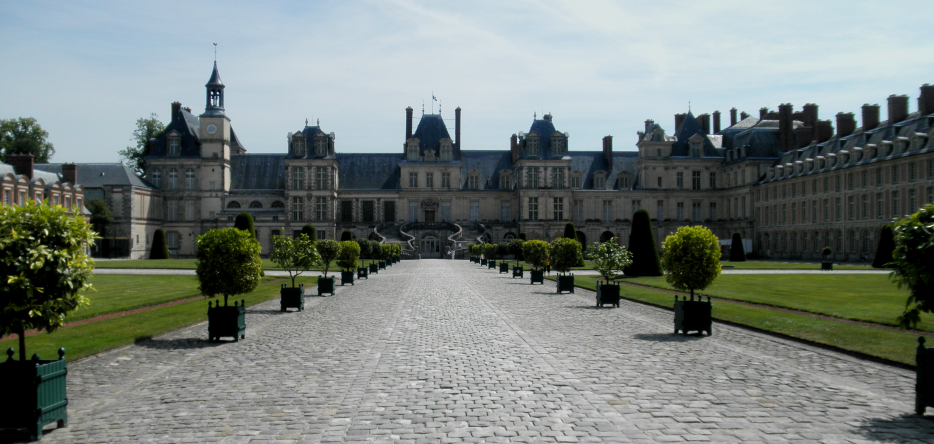
Photos credits
Photos by Lionel A. Bouchon.Photos by Didier Grau.
Photos by Michèle Grau-Ghelardi.
Photos by Marie-Albe Grau.
Photos by Floriane Grau.
Photos by various authors. Thanks to Mrs. Annie Bartolomei for the photo of Roquevaire that she kindly offered us.